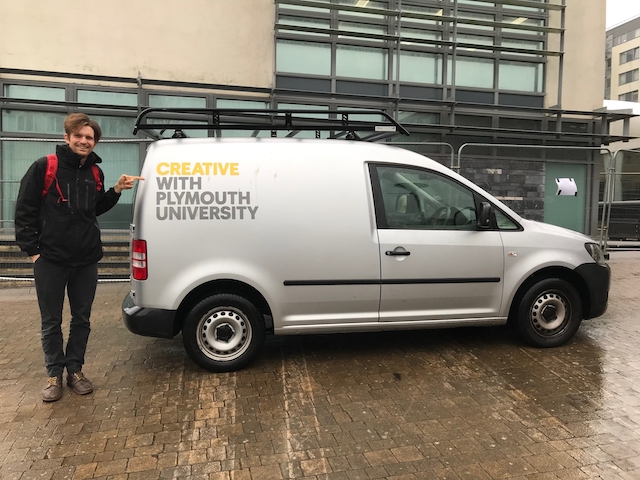Fluorescent colours look brighter than the colours around them. That’s because fluorescent materials absorb light from the ultraviolet spectrum — which we can’t see — and re-emit it in the visible spectrum.
So while regular colours just reflect light from the part of the spectrum we can see, fluorescent colours borrow light from an unseen realm and shine it back at a frequency we can perceive.
The term highlight feels apt — they really do seem to hold more light.
And it gave me an idea: fluorescent creativity — the kind that brings in ideas from spectra that others on the design team can’t yet see, and makes them visible for the rest of us.
These ideas can shine brighter than anything we’ve encountered before, not because they’re louder, but because they carry energy from unexpected places.
Fluorescent creativity speaks to inviting in different perspectives, and tuning our own sensors into frequencies we hadn’t previously explored.


